The 10 Biggest Semiconductor News Stories Of 2021 (So Far)
The global chip shortage is easily the biggest story of the semiconductor industry this year, but there have been plenty of other major developments, including new product reveals, market share shakeups, mergers and acquisitions, new strategies, reorganizations and a new CEO for one of the most critical semiconductor companies in the industry.
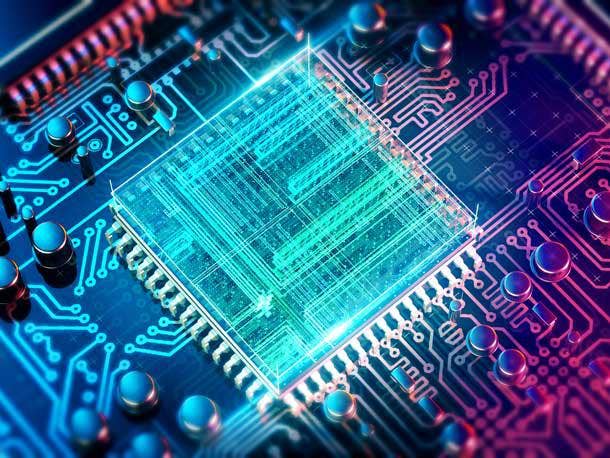
Everything Seems To Have Chips In Them These Days
Everyone seems to be talking about the semiconductor industry these days. At least a lot more people than usual, and a lot of that is due to the global chip shortage that has made consumers and businesses acutely aware of the importance of semiconductors in a variety of goods, from PCs to cars.
The severely constrained supply chain for computer chips is easily the biggest story of the semiconductor industry this year, but there have been plenty of other major developments happening in the semiconductor market, particularly when it concerns the IT industry.
[Related: Intel Reorganization: 8 Big Changes Made Under Pat Gelsinger]
What follows are the 10 biggest semiconductor news stories of 2021 so far, which includes new product reveals, market share shakeups, mergers and acquisitions, new strategies, reorganizations and a new CEO for one of the most critical semiconductor companies in the industry.
For more of the biggest startups, products and news stories of 2021 so far, click here .

10. AI Chip Startups Raise Hundreds Of Millions To Challenge Nvidia, Intel
Several AI chip startups have raised hundreds of millions of dollars this year so far to challenge Nvidia and Intel in the fast-growing market.
Among the AI chip startups that have raised money: SambaNova Systems, which raised a $676 million funding round led by SoftBank Group that also included the venture arms of Google and Intel. The startup is using the funding to grow market share against Nvidia and other competitors with its subscription-based Dataflow-as-a-Service AI platform, which relies on SambaNova’s RDU-based DataScale system to deliver what it says are “unmatched capabilities and efficiency” for AI.
Other AI chip startups with new funding rounds in 2021 include Groq, which announced a $300 million round in April for its Tensor Streaming Processors; Lightmatter, which announced an $80 million round from Hewlett Packard Enterprise, Google’s venture arm and other investors for its silicon photonics chip technology; and SiMa.ai, which raised $80 million in funding from Dell Technologies Capital and other investors for its Machine Learning System-on-Chip.
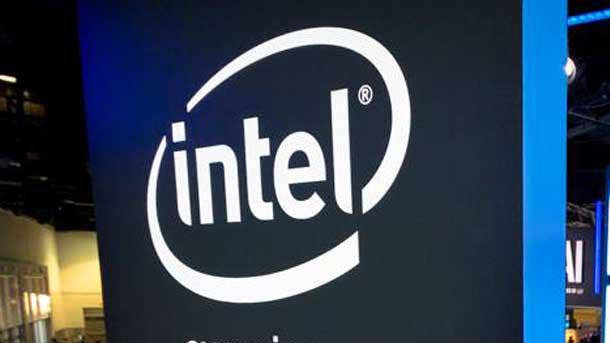
9. Intel Reportedly Mulls SiFive, GlobalFoundries Acquisitions
Intel has reportedly explored buying two companies in recent months that would expand its processor IP portfolio and chip manufacturing capabilities — two moves that could benefit the company’s new IDM 2.0 hybrid manufacturing strategy.
In June, Bloomberg reported that the semiconductor giant reportedly offered $2 billion to acquire SiFive, an up-and-coming chip designer that competes with Arm using an open-source architecture called RISC-V. Intel has been involved with SiFive in multiple ways recently: Intel Capital has invested in SiFive. Intel has been working with SiFive to offer RISC-V manufacturing capabilities. And Intel most recently said it will be creating its own RISC-V processor development platform that will use several of SiFive’s new Performance P550 cores. Bloomberg said that the startup has received takeover offers from other parties as well as new investment interest.
In July, The Wall Street Journal reported that Intel is looking at acquiring GlobalFoundries in a move that would accelerate its plans to manufacture more chips for other companies. The Journal reported the deal could value GlobalFoundries, which spun out of AMD in 2009, at around $30 billion, according to unnamed people the Journal said were familiar with the matter. A few days after the report, GlobalFoundries CEO Tom Caulfield downplayed the report in an interview with Bloomberg, saying “there’s nothing there in that discussion,” and restated the company’s plan to go public next year.

8. AMD-Xilinx Deal Gets Approval By U.K., E.U.
AMD’s plan to acquire FPGA maker Xilinx for $35 billion cleared two major hurdles at the end of June with approvals from the United Kingdom’s and European Union’s regulatory bodies.
The chipmaker said that the deal, which was announced last October, received approvals from the U.K.’s Competition and Markets Authority on June 29 and the European Commission on June 30. This means the deal only needs approval from Chinese regulators now as it had already received clearance from the United States and other countries, including South Korea and Australia.
AMD CEO Lisa Su has previously said that the Xilinx acquisition will further solidify the chipmaker as the leader of high-performance-computing products.
“AMD will offer the strongest portfolio of high performance and adaptive computing products in the industry, spanning leadership CPUs, GPUs, FPGAs, and Adaptive SOCs,” she said last October. “This will enable us to take a leadership position accelerating a diverse set of emerging workloads, from AI to smart networking and software-defined infrastructure.”
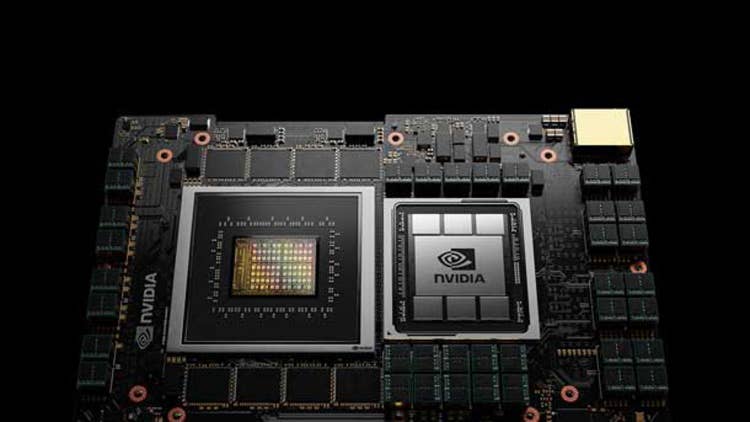
7. Nvidia Reveals Arm-Based Data Center CPU For AI, HPC
Nvidia on April 12 revealed an Arm-based data center CPU for AI and high-performance computing it said will provide 10 times faster AI performance than one of AMD’s fastest EPYC CPUs, a move that will give the chipmaker control over compute, acceleration and networking components in servers.
The new data center CPU, named Grace after computing programming pioneer Grace Hopper, will create new competition for x86 CPU rivals Intel and AMD when it arrives in early 2023, the launch window Nvidia CEO Jensen Huang provided during the company’s virtual GTC 2021 conference in April. The move comes as Nvidia seeks to close on its controversial $40 billion acquisition of Arm, whose CPU designs are being used for Grace.
With the introduction of CPUs to Nvidia’s portfolio, Huang said its data center product roadmap will now consist of three product lines — GPUs, data processing units (DPUs) and CPUs — and each product line will receive an updated architecture every two years. In a new roadmap, Nvidia showed that a next-generation Grace CPU is due out around 2025 following the release of a third-generation Ampere GPU and a BlueField-4 DPU the year before.
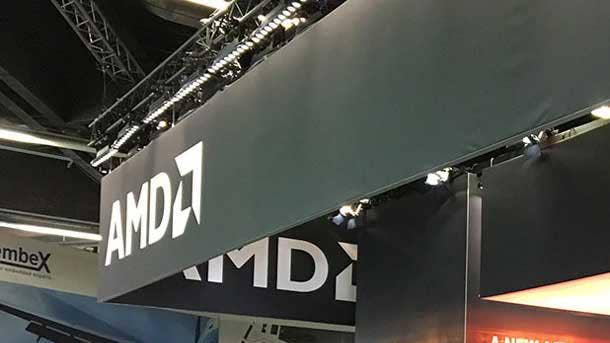
6. AMD Sees Highest Single-Quarter Gain In Server Market Share Since 2006
AMD saw its largest share gain yet against Intel in the server market with EPYC processors in the first quarter, the chipmaker’s highest single-quarter gain for server CPUs since 2006.
That’s according to the latest x86 CPU market share report from Mercury Research, which said that AMD’s server CPU share grew 1.8 points to 8.9 percent, reflecting the chipmaker’s report of strong EPYC sales and Intel’s decline in Data Center Group revenue for the first quarter. That meant AMD’s server market share that quarter was 3.8 points higher than the same period last year.
The chipmaker saw its server CPU market share peak in 2006, going from around 5-7 percent to roughly 22 percent in only 18 months, as the chipmaker saw a massive ramp with its 64-bit Opteron processors, according to ExtremeTech. However, Intel soon fought back and regained technology leadership, leading to a mostly steady decline for AMD server CPU shipments over the following 10 years before the chipmaker started its comeback in 2017 with EPYC.
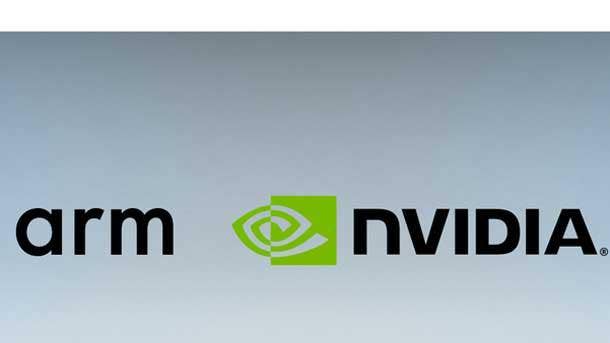
5. Nvidia-Arm Deal Faces Scrutiny From Regulators, Big Tech Companies
Nvidia’s proposal to acquire British chip designer Arm for $40 billion is receiving scrutiny on multiple fronts, including in the United Kingdom, where the government’s Competition and Markets Authority is undergoing an investigation into potential national security, competition and jurisdiction issues.
The U.K.’s Competition and Markets Authority said it delivered its report on such concerns to Digital Secretary Oliver Dowden, who is now expected to make a decision on whether to clear the acquisition, clear it with certain conditions or call for a phase two investigation. At the same time, The Telegraph reported that the European Commission’s decision on the deal could be delayed because the regulatory body has yet to receive necessary documents from Nvidia.
The Nvidia-Arm deal is reportedly facing scrutiny from Microsoft, Google and Qualcomm, the latter of which has voiced its opposition to the deal in comments to the Federal Trade Commission, the European Commission, the U.K.’s Competition and Markets Authority and China’s State Administration for Market Regulation. In addition, Intel CEO Pat Gelsinger recently reiterated in an interview with CRN that his company is concerned about Nvidia acquiring Arm. At the same time, chipmakers Broadcom, MediaTek and Marvell have all voiced support for the deal.

4. Intel Reorganizes Data Platforms Group; Forms New GPU, Software Units
Intel announced on June 22 that its top data center executive, Navin Shenoy (pictured), was leaving as part of a restructuring of its Data Platform Group, which split the group into two business units. At the same time, the company said it was forming two new divisions: the Software and Advanced Technology Group and the Accelerated Computing Systems and Graphics Group.
The Data Platform Group was split into the Datacenter and AI Group, which is being led by longtime Intel executive Sandra Rivera and will “focus on developing leadership data center products for a cloud-based world,” which will include Xeon and FPGA products, the company said in its public announcement. The other group being spun out from the Data Platform Group is the Network and Edge Group, which is being led by Nick McKeown and will bring together Intel’s Network Platforms Group, the Internet of Things Group and the Connectivity Group into a “single business unit chartered to drive technology and product leadership throughout the network to the intelligent edge,” Intel said.
As for the new divisions, the Software and Advanced Technology Group is being led by former VMware CTO Greg Lavender and will “drive Intel’s unified vision for software, ensuring it remains a powerful competitive differentiator for the company,” according to the company. The Accelerated Computing Systems and Graphics Group, on the other hand, is being led by Raja Koduri and will focus on high-performance computing and graphics, which will include integrated and discrete GPU solutions for client, enterprise and data center customers.

3. Intel Announces IDM 2.0 Hybrid Manufacturing Strategy
A month after becoming Intel’s new CEO, Pat Gelsinger announced in March a major evolution of the company’s integrated device manufacturing with its new IDM 2.0 strategy, which Gelsinger said will create a “new era of innovation and product leadership” at Intel.
The IDM 2.0 strategy consists of three parts: increasing the company’s internal manufacturing capacity across the world, which began with a $20 billion investment for two new fabs in Arizona; increasing the use of third-party foundries to manufacture Intel’s chips; and launching a new foundry business, Intel Foundry Services, to manufacture chips for other companies.
As part of the IDM 2.0 strategy, Gelsinger vowed that Intel will return to “unquestioned leadership” for its CPU products by 2024 or 2025 while restoring the company’s “tick-tock” model that was abandoned during its 10-nanometer struggles. Beyond its CPU plans, Gelsinger said Intel will also provide “unquestioned leadership” for AI, graphics and networking technologies as part of Intel’s multi-architecture “XPU” product strategy.

2. Intel Names VMWare’s Pat Gelsinger As New CEO
Intel’s board of directors set the chipmaker on a new path when it named VMware leader and 30-year Intel veteran Pat Gelsinger as the company’s new CEO on Jan. 13. Gelsinger, who was previously VMware’s CEO for nearly nine years, stepped into the new role on Feb. 15, taking over from Bob Swan, who had only served in the top leadership post for two years.
The CEO shakeup came after hedge fund Third Point gained a “significant stake” in the company and demanded the chipmaker explore strategic options, including selling off “failed acquisitions” and potentially its manufacturing operations, to regain technology leadership and recover from manufacturing struggles that have resulted in product delays.
On his second day on the job, Gelsinger told the company’s 110,000-plus employees that he has four priorities for Intel: “become the leader in every category” in which Intel competes, “execute flawlessly” to Intel’s commitments, “passionately innovate with boldness and speed,” and “reignite [Intel’s] culture to attract and motivate the best engineers and technologists.”

1. The Global Chip Shortage Wreaks Havoc On Multiple Industries
There has been no story more consequential in the semiconductor industry than the global chip shortage, which has impacted multiple industries, including IT and automotive. This and the United States’ low chip manufacturing output relative to Asian countries has prompted companies and elected officials there to push for subsidies to build new factories in the country.
Every major chipmaker, including Intel, AMD and Nvidia, have experienced shortages of their products. This has not only constrained the growth of the chipmakers themselves, even as they report record revenues, but also their customers. For instance, Apple recently said it expects a slowdown in revenue growth due to increased supply constraints while Microsoft partially blamed a drop in Surface sales on supply chain issues. Auto manufacturers, in the meantime, have had to temporarily halt production.
Among the reasons for the global chip shortage: sustained demand for a variety of electronics, including PCs and video game consoles; multiple companies competing for capacity at chip manufacturers like TSMC; and lasting effects from former President Trump’s trade war with China that barred companies with U.S. ties from making chips there.